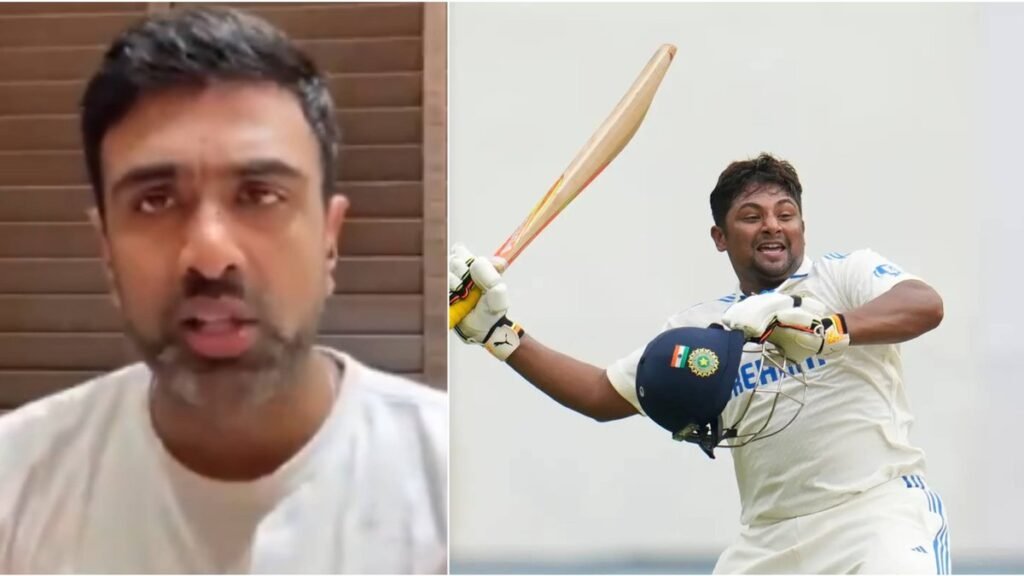
Former India spinner Ravichandran Ashwin did not mince words when reacting to the exclusion of Sarfaraz Khan from the India A squad for its upcoming red-ball series. He described the decision as lacking logic, expressed sadness for the batter, and posed a pointed rhetorical question: if he were in the selector’s chair, what would he tell Sarfaraz? Ashwin’s comments have added fuel to a debate about transparency and fairness in team selection.
Ashwin highlighted several key facts: Sarfaraz has undergone a significant fitness transformation, trimming his weight and improving conditioning. He has also piled up runs in the domestic circuit, making a strong case for inclusion. Yet, despite those positives, he was overlooked once again. Ashwin said he genuinely could not “find any logic behind Sarfaraz’s non-selection in the India A side”. The tone of his remarks conveyed frustration and concern, not just for Sarfaraz’s plight but for what the omission suggests about the selection process.
For a player like Sarfaraz Khan, the exclusion bites deeper because it signals a potential closing of doors. Ashwin noted that by skipping the India A opportunity, the management may be signalling that Sarfaraz is not part of immediate plans: “This kind of non-selection leads me to think that someone, somewhere, thinks ‘Sarfaraz Khan ko dekh liya, abhi nahi chahiye’.” In other words, the message seems to be: we’ve seen him, we don’t need him now — and that raises concerns about whether he has a realistic pathway ahead.
From Sarfaraz’s vantage point, the scenario is challenging. He has the credentials: a healthy first-class record, ability to score centuries, and the fitness credentials to serve at higher levels. But cricket is as much about timing and opportunity as it is about numbers. Being left out of the India A setup deprives him of a crucial proving ground — the place where fringe international players sharpen, stake their claim, and build momentum. Ashwin posed the question: where will Sarfaraz now show his readiness if not in such fixtures? If he continues performing in domestic games, selectors may simply dismiss him as “only good in first-class cricket”.
The debate around Sarfaraz’s omission has also touched on larger themes. Selection in Indian cricket, especially for the longer formats, is under greater scrutiny than ever. Fans and pundits are asking if form, fitness and merit are being weighed fairly, especially when players like Sarfaraz — who appear to tick those boxes — are overlooked. Ashwin’s voice adds weight because he has been inside the system: as a player, he knows the pressures, the expectations and what such omissions mean.
At the end of the day, the message Ashwin conveyed was not just about Sarfaraz Khan. It was a broader call for clarity and fairness. For Sarfaraz, it is a moment of pause and reflection: he may need to decide whether to push harder for the spotlight or recalibrate his approach. For the selectors and management, it may be a moment to explain what the criteria are and whether existing pathways are working. For supporters of the game, it underscores how selection is the juncture where performance, perception and policy intersect — and how careers can hinge on decisions that appear opaque.
Sarfaraz Khan’s story is far from over. But unless there is a shift—either in how these opportunities are made available or in the transparency of selection reasoning—the frustration voiced by Ashwin may resonate widely. The player has shown he can score, he has shown he is fit. What now matters is whether the door remains open long enough for him to walk through.

